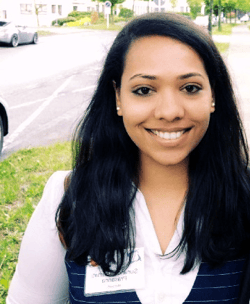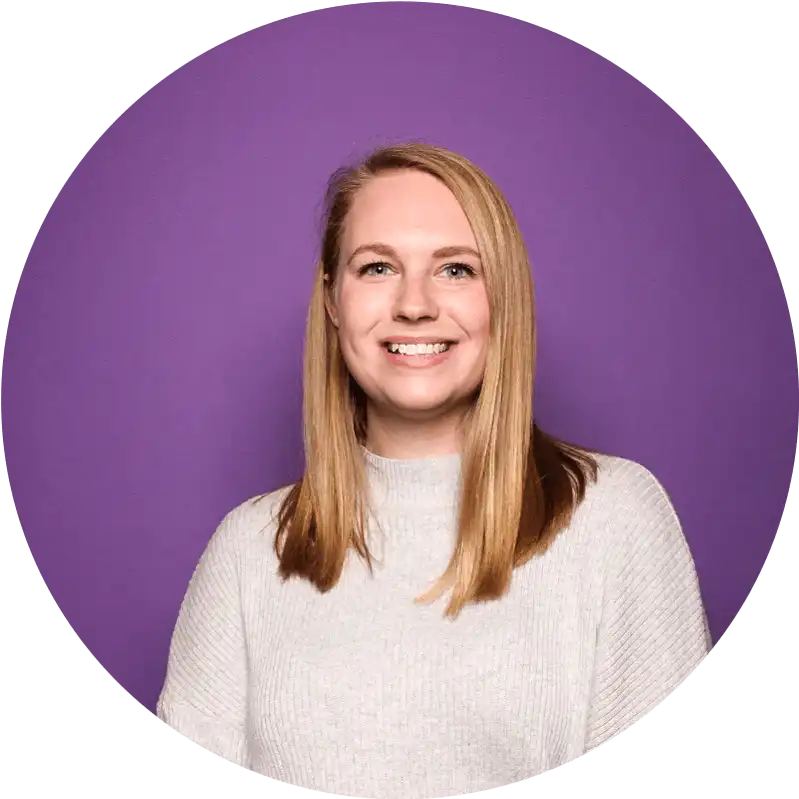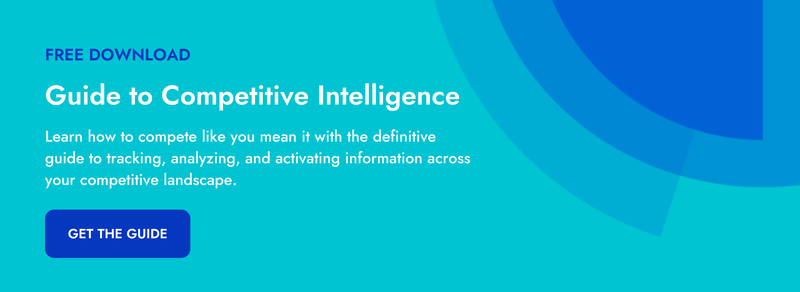 Crayon's Competitive Intelligence Spotlight is an interview series where we chat with intelligence professionals to get a glimpse into their careers and gain unique insight into competitive strategy. In this edition of the Competitive Intelligence Spotlight Series, we shine the light on Sunanda Thumati, Strategist at Think & Curate Intelligence.
Crayon's Competitive Intelligence Spotlight is an interview series where we chat with intelligence professionals to get a glimpse into their careers and gain unique insight into competitive strategy. In this edition of the Competitive Intelligence Spotlight Series, we shine the light on Sunanda Thumati, Strategist at Think & Curate Intelligence.
ED: I would love to start with a bit about your current role. Can you tell me about Think & Curate Intelligence and your role at the company?
ST: Think & Curate Intelligence is a sprouting initiative started by myself. Being in the Middle East market for over seven years, I learned about the gaps that exist in the Competitive Intelligence (CI) space. I lost my recent job with Microsoft due to the pandemic, and I felt it was a good time to get started with my own ideas in the CI space. My role as a Strategist is to enable the initiative and to raise awareness about CI/MI function within an organization. The region has tremendous potential when compared to established markets like Asia, Europe, and the Americas, hence the drive to launch my initiative.
ED: Tell me a little bit about your career path. What was your first job, and what led you to become a strategist today? What sparked your initial interest in competitive intelligence?
ST: Soon after my MBA, I was overwhelmed with the options I had to choose as a career. Given my interests in the research field, I gave it a shot. I started off as an Analyst with a Telecom player in the UK, and then I moved on to working on multiple projects with various players in Broadband Intelligence, Video Intelligence about consumer preferences and how they shape the market trends. Eventually, I was offered a Corporate Research Analyst role with relocation in Dubai, and that is where my journey toward CI began.
Throughout the seven years I have spent in Dubai, I saw how organizations lack research budgets, have little knowledge on how to utilize the research outcomes, and how to close the loop to create impact. But, it was during that time that I was offered a role as a Market Intelligence Manager with Microsoft Middle East Africa region, and that is where I learned all about the Competitive Intelligence function.
To speed up my understanding, I pursued training with the Institute for Competitive Intelligence, Germany on Competitive Strategy, which enabled me to expand my knowledge and fully understand the importance of CI within an organization. Given that I had majored in Strategy during my Masters, connecting the dots of a business strategy always fascinated me.
ED: What’s the biggest challenge you’ve come up against in the CI process, and how did you overcome it?
ST: Even for a large organization like Microsoft, having an effective CI process comes with its own challenges. Working with the wider regional teams to ensure the CI process was being effectively utilized in the business decision-making process to create impact was one challenge. Working with teams from South Africa to Turkey, keeping the stakeholders involved throughout the project stage, and coordinating with multiple teams had its own challenges, too. While it was challenging at times, that was the best project management learning curve I could have had, and it contributed to executing the launch of a considerable investment project. I overcame the challenges by adopting two key aspects - by regularly connecting with multiple teams, and communicating the progress and impact of delay, if any. This led to improved engagement from all of the teams involved.
ED: How would you rank these three primary sources of competitive intelligence in terms of importance and why: (1) public web, (2) internally sourced intel, and (3) win/loss analysis? Are there other sources of intelligence you find valuable?
ST: From my experience, I would place Win/Loss Analysis first, to ensure we are digging for answers at the right place. Secondly, support the outcomes of Win/loss analysis using internally sourced intel, and finally, third would be the public web. For a region like the Middle East & Africa, the public web draws a mixed range of importance, depending on the sources. One of the key challenges I’ve faced is that different sources offer different stats or figures. So, the public web needs a stricter filter in order to dig deeper, which is why I’ve ranked it third.
ED: How do you measure competitive intelligence success? What are your key metrics?
ST: There are two key metrics that I track, encompassing impact and action. Key metrics used during my recent experiences were:
- Growth of Market Share – This will enable us to evaluate the impact we have had on multiple functions, such as marketing, operations, customer success, and competitive culture.
- We also actively worked with contacts from each country in the region to increase the engagement when it comes to competitive culture. Using Teams Hub, we offered a platform to share views, opinions, and news about competitors’ which gave visibility to wider teams and offered a single source of learning.
ED: What skills do you think are necessary for someone who works in competitive intelligence?
ST: I don’t believe in a standard set of skills. Rather a CI person’s skills should be evolving depending on the external market factors. In my experience and learning, that’s the fun part.
A few skills that should continue evolving are:
- Ability to connect dots & patterns – when we track competitors’ news, updates, activities, events, etc., be able to gauge/evaluate their next move.
- Ability to translate that into an organization’s “what if” impact – how will the competitors’ move affect our business, and which team should we address it to?
ED: What are your favorite CI resources?
ST: I prefer reading, so my go-to place for CI resources have been mostly blogs. Additionally, I find conferences and workshops are a great way to gain some knowledge and resources. I have been to the Institute for Competitive Intelligence Conferences, which takes place annually in Europe, where I was also a speaker. The knowledge and resources we gain access to at those conferences are immensely beneficial.
ED: What’s your favorite part of your job, and why?
ST: I love being able to connect the dots. Even as a kid growing up, I had the ability to connect dots about the events, incidents, and patterns of life. By keeping track of competitors’ events, activities, key developments, hiring plans, etc., I can connect the dots and draw up projections on possible outcomes and what it means for the organization or a client.
ED: What is something you wish you knew earlier in your career?
ST: That, connecting dots was a full-time career – just kidding! I believe there is no limit to how much CI data we could gather, and there is no right or wrong answer. It’s rather about delivering sensible information to the right people or team and ensuring they take action to create impact.
ED: If you could travel anywhere in the world tomorrow, where would you go?
ST: I am a person who travels at least four times a year on average, but due to the pandemic, as we all know, travel has been limited. With my current list of choices, I would be thrilled to travel to Iceland, enjoy a couple of hiking trips and enjoy the scenic beauty of rural Iceland.

Related Blog Posts
Popular Posts
-
 How to Create a Competitive Matrix (Step-by-Step Guide With Examples + Free Templates)
How to Create a Competitive Matrix (Step-by-Step Guide With Examples + Free Templates)
-
 The 8 Free Market Research Tools and Resources You Need to Know
The 8 Free Market Research Tools and Resources You Need to Know
-
 Sales Battlecards 101: How to Help Your Sellers Leave the Competition In the Dust
Sales Battlecards 101: How to Help Your Sellers Leave the Competition In the Dust
-
 6 Competitive Advantage Examples From the Real World
6 Competitive Advantage Examples From the Real World
-
 How to Measure Product Launch Success: 12 KPIs You Should Be Tracking
How to Measure Product Launch Success: 12 KPIs You Should Be Tracking




%20(1).png?width=500&name=CI%20Strategy-CI%20Audit%20(1)%20(1).png)